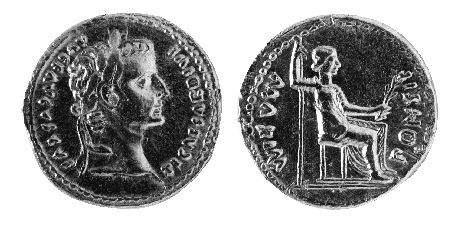 No, I am not going to argue that Christianity grew out of the worship of Dionysus or that the original idea of Jesus was based upon Dionysus. Rather, I am exploring the possibility that the portrayal of Jesus that we find in the Gospel of John is in significant measure a variant of the Greek Dionysus myth.
No, I am not going to argue that Christianity grew out of the worship of Dionysus or that the original idea of Jesus was based upon Dionysus. Rather, I am exploring the possibility that the portrayal of Jesus that we find in the Gospel of John is in significant measure a variant of the Greek Dionysus myth.
This possibility arises, I suspect, when we bring together the following:
- the insights of theologian Mark Stibbe into the way the Jesus story is told in the Gospel of John
- an understanding of the techniques used by ancient authors to imitate earlier literary masters (this goes well beyond Stibbe’s own contributions)
- the various ancient versions of the myth of Dionysus (this is preparatory to the fourth point . . . . )
- an anthropologist’s structural analysis of myths, in particular the methods of Claude Lévi-Strauss (this brings together key themes and information from the above three areas in a manner that strongly indicates the Jesus we read about in the Gospel of John is a Christian variant of the Dionysus myth.) — And yes, I will take into account the several works of Jonathan Z. Smith supposedly overturning the possibility of such connections.
This should hardly be a particularly controversial suggestion. Most theologians agree that the Christ we read of in the Gospels is a myth. These posts are merely attempting to identify one source of one of those mythical portrayals.
Let’s look first at what Mark Stibbe (John as Storyteller: Narrative Criticism and the Fourth Gospel) tells us about the literary affinities between the Gospel of John and the Bacchae, a tragedy by Euripides. Though the Greek play was composed five centuries before the Gospel it nonetheless remained known and respected as a classic right through to the early centuries of the Roman imperial era. Moreover, we have evidence that as early as Origen (early third century) the Gospel was compared with the play. See Book 2, chapter 34 of Origen’s Against Celsus.
But Stibbe does not argue that the evangelist directly borrowed from the play. Despite the many resonances between the two he writes:
It is important to repeat at this stage that I have nowhere put forward the argument for a direct literary dependence of John upon Euripides. That, in fact, would be the simplest but the least likely solution. (p. 139)
It certainly would be the simplest solution. The reason Stibbe thinks it is the “least likely” option, however, is the fact of there being significant differences between the gospel and the play. What Stibbe has failed to understand, however, is that literary imitation in the era the Gospel was characterized by similarities and significant differences that generally served to set the new work apart on a new thematic level. The classic illustration of this is the way Virgil imitated Homer’s epics to create the Aeneid. The differences that are just as important as the similarities and that even establish the very reason for the imitation. But all of this is jumping ahead to the next post.
Let’s look for now at the similarities, similarities that according to Stibbe may well be explained simply by the evangelist’s general awareness of the “idea of tragedy” in his culture.
Water into Wine
It is often noted that Jesus’ miracle of turning water into wine at the wedding at Cana reminds us of the myth of Dionysus turning water into wine. Stibbe writes that such a miracle is entirely possible Continue reading “Jesus and Dionysus: The Gospel of John and Euripides’ Bacchae”


